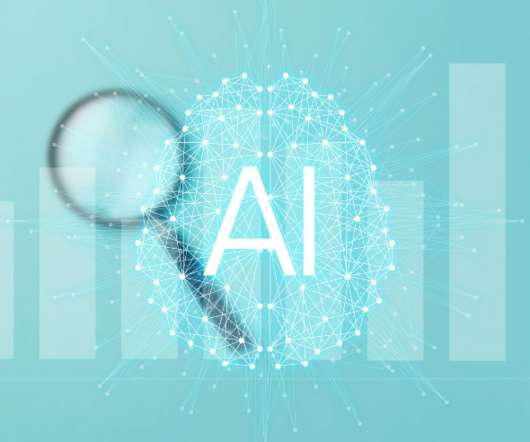What Role Does Data Mining Play for Business Intelligence?
Jet Global
JUNE 5, 2019
But data alone is not the answer—without a means to interact with the data and extract meaningful insight, it’s essentially useless. Business intelligence (BI) software can help by combining online analytical processing (OLAP), location intelligence, enterprise reporting, and more. Let’s introduce the concept of data mining.














Let's personalize your content